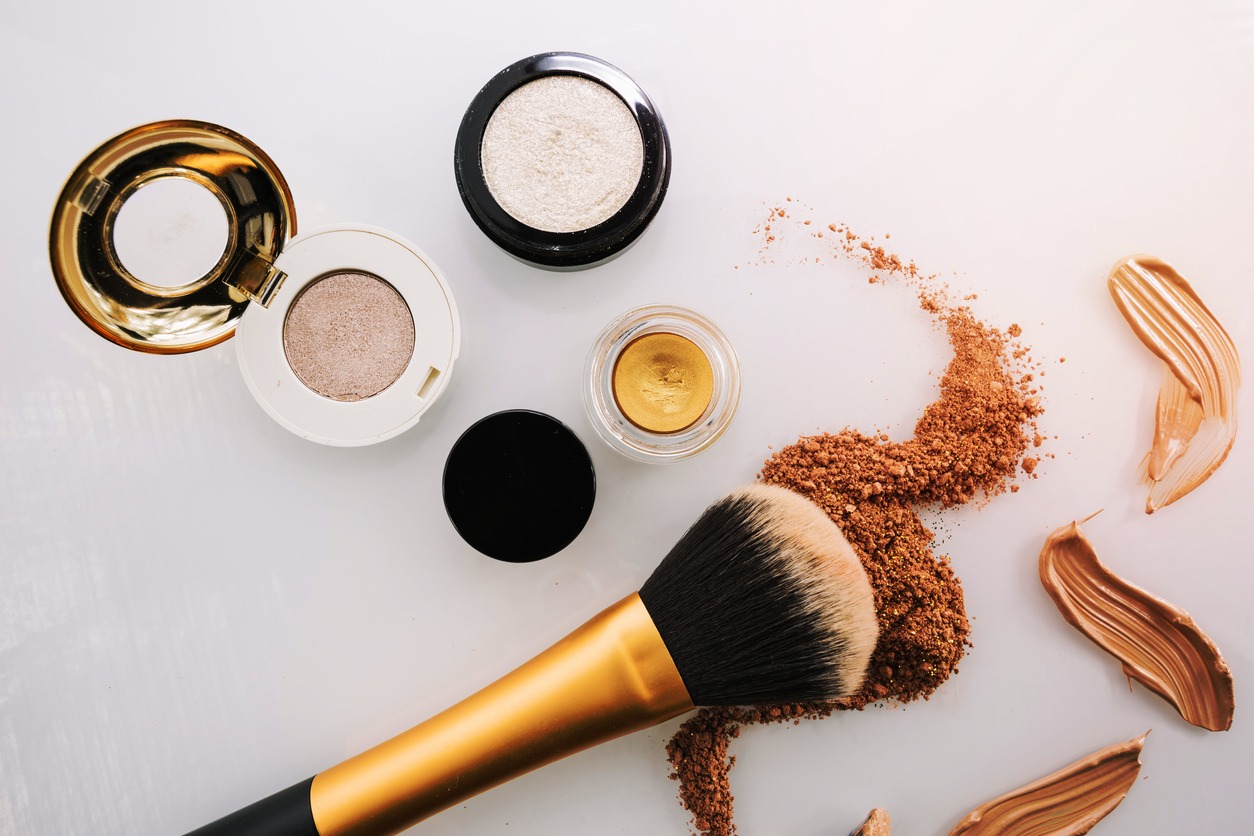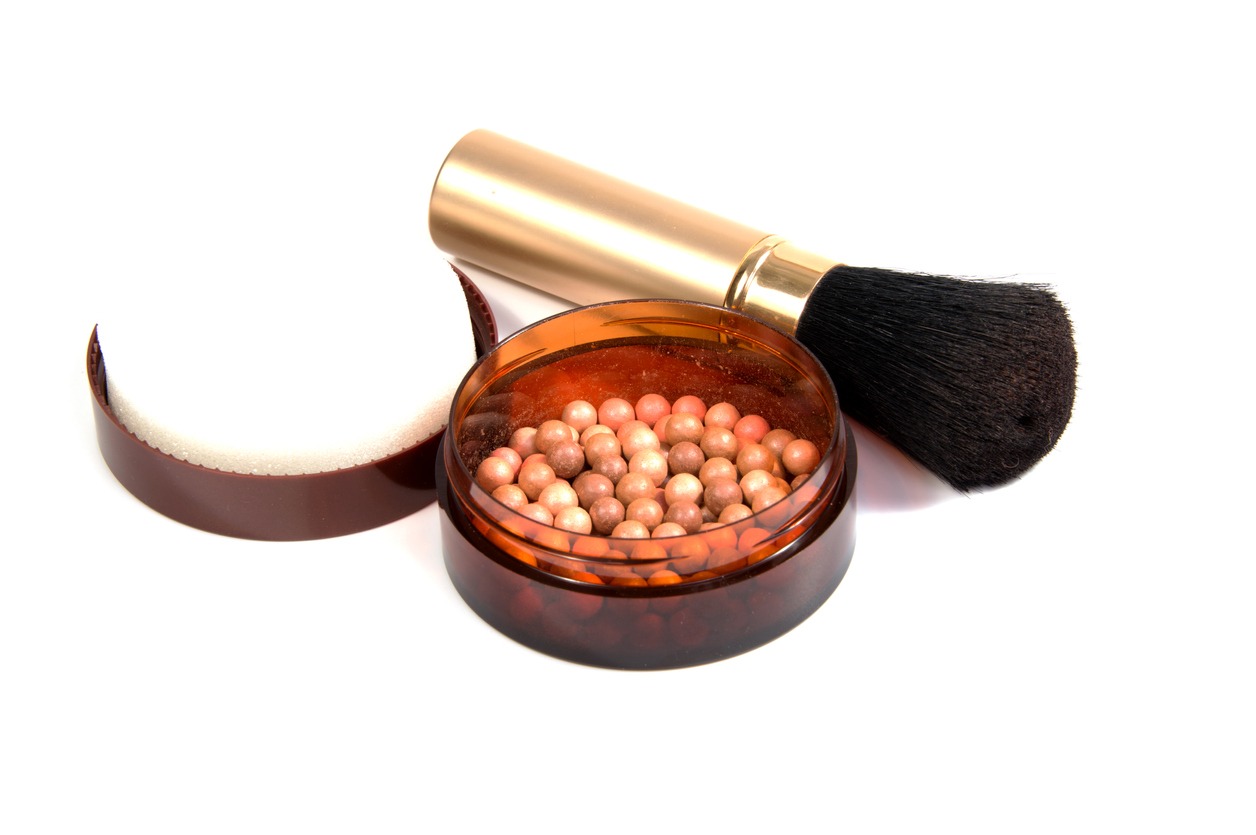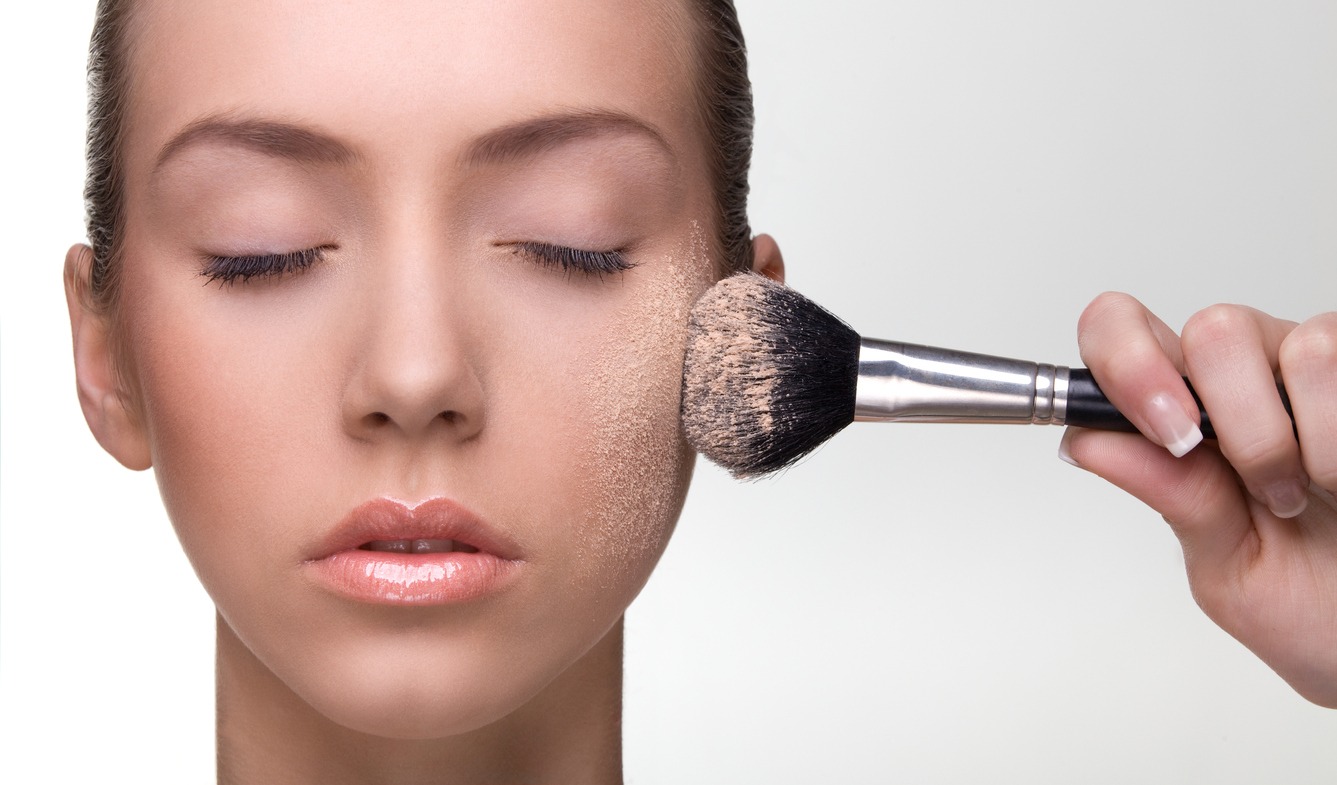Mineral makeup has not always had a stellar reputation. You may have previously linked it with a chalky, gritty feel and a mask-like look. However, times have evolved. A lot. Mineral makeup has never been more original, imaginative, or in demand, and with good reason. Not only are the compositions among the most appealing, but the skin-enhancing side effects have never been more effective. Mineral cosmetics typically contain safer components, however persons with sensitive skin may still experience irritation. Although additional substances may be responsible, bismuth oxychloride merits investigation.
If you have used mineral cosmetics and experienced a negative reaction, you must examine its components. If bismuth oxychloride or bismuth chloride oxide is present, then it is likely the cause of your skin irritation.
What is Bismuth Oxychloride?
Bismuth oxychloride, sometimes known as synthetic pearl, is the principal component of the majority of powders marketed as “mineral cosmetics.”
Some cosmetic businesses assert that bismuth oxychloride is a natural substance that is better for the skin than talc. In many respects, talc is a more natural, unadulterated, and pure substance than bismuth oxychloride.
Rarely occurring in nature, bismuth oxychloride is produced by mixing bismuth, a byproduct of lead and copper metal refining, with chloride (a chlorine compound) and water. It is utilized in cosmetics due to its unusual shimmering, iridescent look and fine, skin-adhering white powder texture.
The oxychloride of bismuth is heavier than talc. Pure bismuth is a grayish-white, naturally occurring powder. It and its derivatives are utilized as moisturizers, thickeners, and absorbents.
In 1977, the FDA added bismuth oxychloride to its permanent list of coloring agents and synthetic ingredients.
Due to its distinct crystalline structure, bismuth oxychloride may cause allergic reactions in certain individuals. The crystals can penetrate the skin and become lodged in the pores, where the sharper “spokes” can cause discomfort. This problem is exacerbated when bismuth oxychloride is the primary ingredient in powder cosmetics. Pure bismuth oxychloride nanoparticle concentrations appear to have a detrimental effect on human skin cells.
Why cosmetics contain Bismuth?
It is used in cosmetics because it imparts a smooth feel to the makeup and has good slide (meaning it applies nicely to the skin) and adherence, which helps it stay on the skin. It has a velvety sensation when brushed between the fingers. It is generally described as a crystalline powder with a beautiful sheen. It refracts light, which helps conceal and detract attention from fine lines, wrinkles, and slight discolorations. A fantastic selling factor for cosmetics! This sounds wonderful, but is it? These so-called “benefits” of bismuth oxychloride will be dissected in order to shed light on its applications.
Silky & Good Slip
The texture of bismuth oxychloride is silky smooth, and the majority of users enjoy silky smoothness. When viewed on a microscopic scale, bismuth oxychloride exhibits a crystalline structure. It has sharp edges, and when you apply it to your face, it creates microscopic scratches and scrapes. It has a high coefficient of friction or adhesion because, in principle, it irritates your skin, wounds you, and essentially embeds itself within you. This is presumably why so many individuals get discomfort from bismuth. Imagine the number of consumers throughout the world who do not experience skin discomfort but who are nevertheless likely harming their skin.
Light Refraction
As stated previously, when light is refracted off your face, imperfections are concealed. This is the second primary reason why businesses require bismuth oxychloride in their materials. They have not worked out how to manufacture mineral makeup such that it effectively conceals defects. Therefore, they use a possibly hazardous product to deceive you into not noticing your problems, which ultimately works really effectively to conceal flaws and make you appear wonderful.
Is it safe to use Bismuth?
Bismuth oxychloride has been cleared by the FDA for use in products for the face, eyes, lips, and nails. Not only is it widespread, but it is also a widely used ingredient in both conventional and mineral makeup.
However, it is not uncommon for bismuth oxychloride to cause skin irritation. According to the Material Safety Data Sheet (MSDS) for bismuth oxychloride, it may be an irritant to human skin or eyes if it comes into contact with them.
Health concerns are heightened when bismuth oxychloride is acquired from nations with less severe regulations. Therefore, it is essential for businesses to spend a bit more money to purchase from highly regulated nations, such as the United States and Canada.
Effects of Bismuth
Many women will suffer itching when wearing bismuth-containing cosmetics, especially when perspiring. This can frequently result in unpleasant rashes and severe acne. Also, we must not forget that it is similar to arsenic. If you become ill from consuming arsenic, it would make sense for your skin to become inflamed when arsenic is driven into it through inferior bismuth-based mineral makeup!
Unfortunately, many women are attracted to mineral cosmetics due to their reputation for being gentle on delicate skin, but after using a brand that contains bismuth, they are permanently turned off of mineral cosmetics! Some mineral makeups claim to be “100% natural” because bismuth is a naturally occurring chemical, but they never inform their consumers of its hazards!
You can tell you are purchasing a bismuth-free product by the finer powder that blends into the skin more easily and with less effort. You have the genuine advantages of mineral makeup without the harmful side effects of poisonous additives.
What role does Bismuth have in foundation?
If the mineral powder causes itching, pore clogging, and acne, it certainly contains bismuth oxychloride. Because bismuth oxychloride is a mineral, it is permitted in mineral cosmetics. The inclusion of bismuth oxychloride in cosmetics is due to its dazzling mother-of-pearl look and its ability to increase the powder’s durability. Bismuth oxychloride is a natural component of the uncommon and expensive mineral bismoclite. Therefore, the bismuth oxychloride utilized in cosmetics is not derived from bismoclite, but rather is synthesized by chlorinating bismuth.
Pure bismuth is likewise uncommon in nature, and the bismuth used to produce bismuth oxychloride is a byproduct of the purification of other metals, primarily lead but also copper. The bismuth subsequently undergoes a series of purification procedures, however even the highest purity grade of bismuth is contaminated with copper, as well as the poisonous heavy elements lead and thallium. This should be sufficient reason to avoid items containing bismuth oxychloride, however the most problematic aspect of this mineral is the form of its crystals. The sharp edges of the tiny crystals of bismuth oxychloride poke and irritate the skin and become lodged in the pores. Obviously, the situation worsens when the powder is blended into the skin with a kabuki brush.
Simply, bismuth oxychloride causes numerous microscopic wounds in the skin, resulting in discomfort, inflammation, and clogged pores. Some individuals are more sensitive than others, and those with sensitive or acne-prone skin are most likely to experience irritation, blackheads, and breakouts, as well as more severe reactions such as rosacea and cystic acne.
To sum up
Mineral cosmetics are healthier and safer than traditional cosmetics. Pure mineral makeup contains no harmful chemicals and is actually beneficial for the skin. It offers sun protection, soothes and heals the skin, and does not clog pores. Mineral makeup with solely pure minerals is always available as a loose powder. What should you consider before selecting mineral makeup? In addition to the apparent requirements that the makeup looks beautiful, has the proper tone for your skin, and is long-lasting, there are certain ingredients that are essential for mineral makeup’s positive effects and others that are irritating to the skin and should be avoided.




